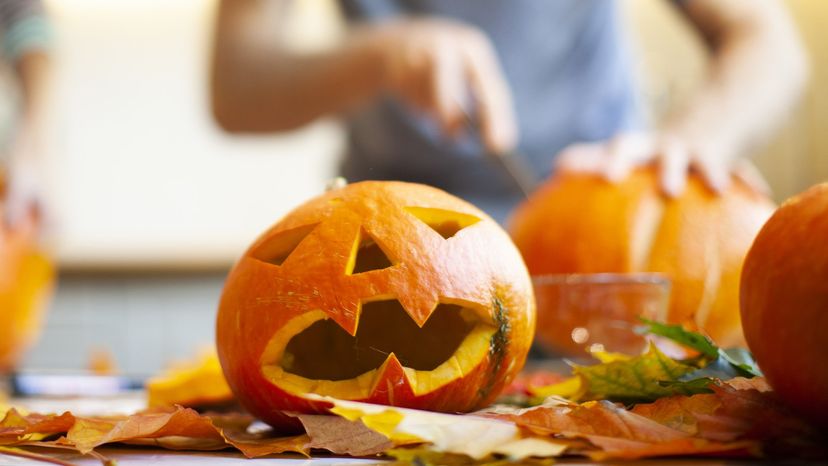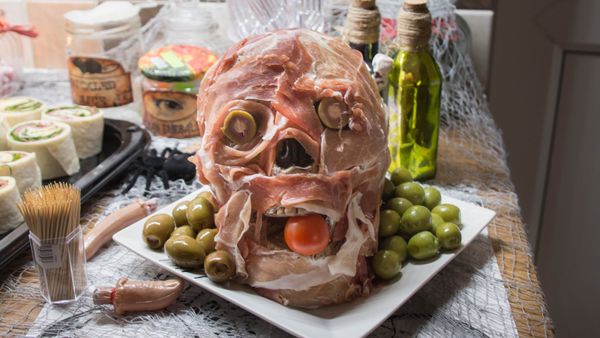
Traditions have always played a big part in what defines any holiday. Christmas brings unique traditions like putting up a tree and singing carols for strangers. Thanksgiving typically involves football and more food than should be consumed in one sitting. Independence Day is all about fireworks and backyard cookouts.
But Halloween may be richer in tradition than any other holiday. Children dress up in costumes and go house to house, asking for candy handouts with the familiar cry of "trick or treat."
Advertisement
There's another Halloween tradition from Ireland that you can spot on porches all over the United States on Oct. 31: the jack-o'-lantern.
